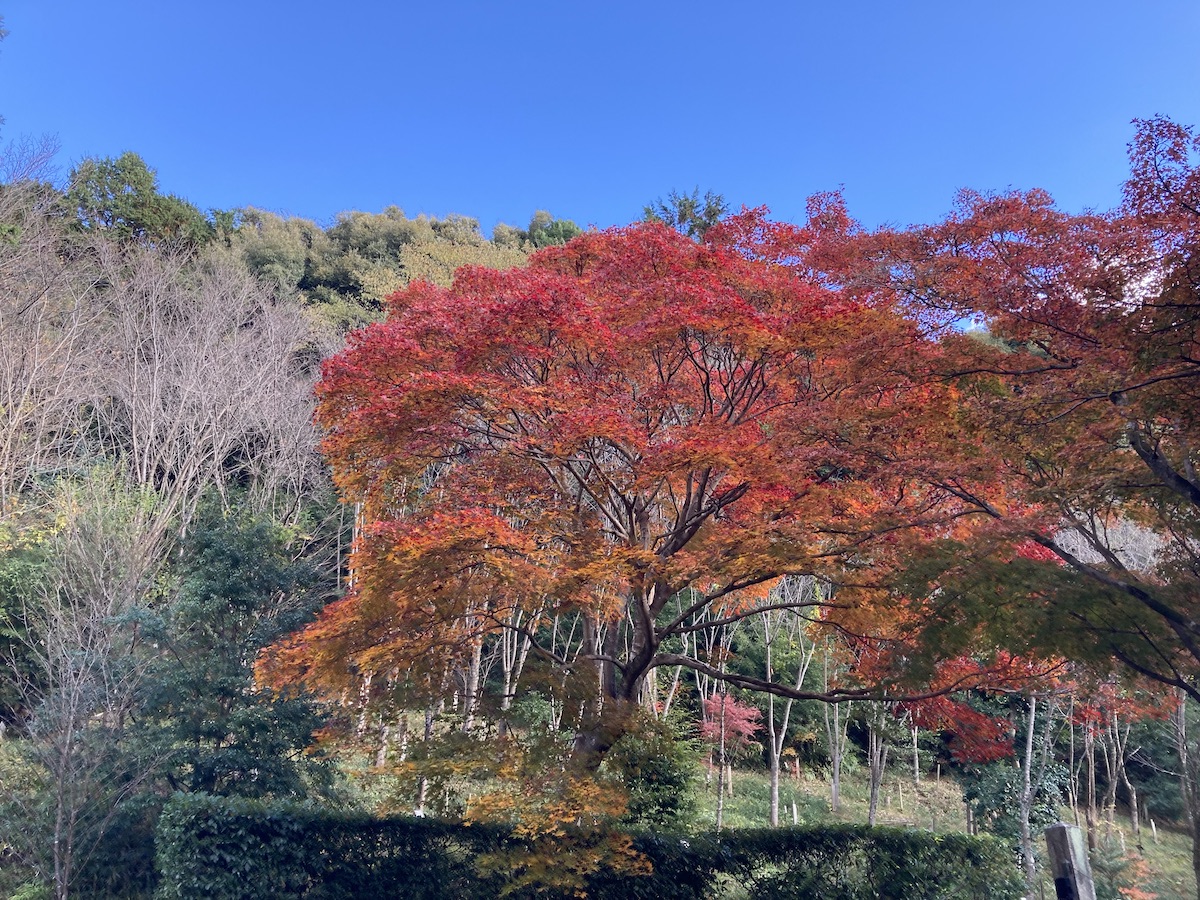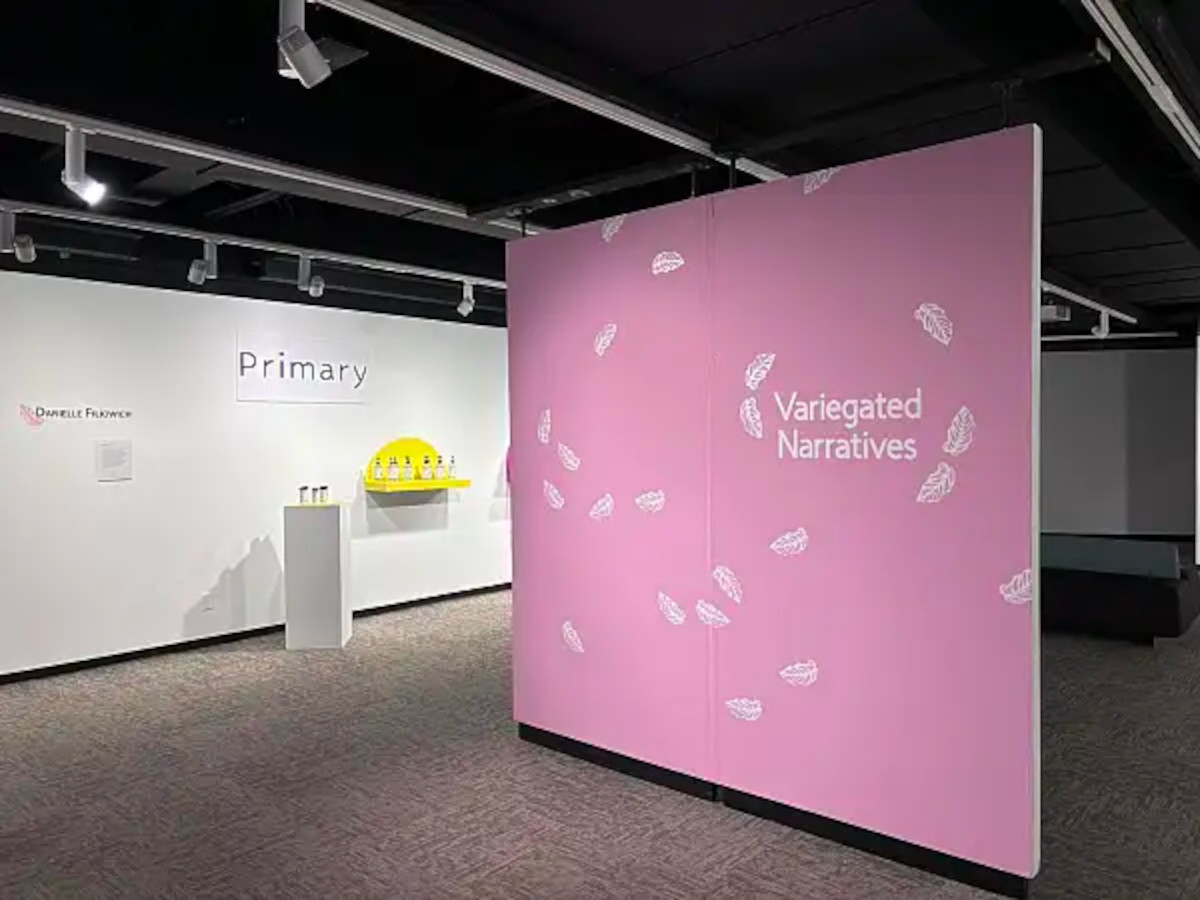If you happened to wander through the Skylight Lounge in Davies this week, chances are you saw the sand mandala that is being created as part of UW-Eau Claire’s Artist Series this semester.
The Mystical Arts of Tibet is the first exhibit of the year for the Artists Series, and it has been a week-long event showcasing the art of sand painting, how it is created, and some Tibetan culture.
“This event came to our attention because we are always looking for the bright-colored, high-energy world event,” said Jennifer Brockpahler, senior coordinator of the Arts and Events Activities Board. “The Tibetan monks are a really interesting culture and there is some interest in our religion department so it was a good fit for an actual
performance,”
A typical sand painting takes about 30 hours to a week to complete. Over the course of this week, the artists have been taking part in a community sand painting that is related to the campus.
Brockpahler said that a sand mandala is basically a religious representation of a theme and the beliefs that the monks
believe in.
Tsepak Rigzin, a spokesperson for the Mystical Arts of Tibet, said that the paintings are derived from ancient texts that the monks draw from.
The mandala that is being created for the Eau Claire campus is a painting that represents wisdom and education designed by a Eau Claire student. Brockpahler also said that the monks are not going to be the only people painting.
“As an added component we are going to allow members of our community to create a sand mandala,”
said Brockpahler.
The construction process begins with an opening ceremony in which the monks chant and perform music for a crowd. After the ceremony, the monks begin to lay the blueprint for their mandala. This process can take up quite a bit of time due to how complex the designs end up being.
Then the painting begins. The monks don’t use brushes to paint their mandala, though. They take the colored sand and place it in a metal tube that is called a chak-pur. The monks carefully blow or pour the sand onto the mandala surface to “paint.” The sand painting is then detailed with millions of colored sand grains placed together.
“The paintings represent a human transformation within themselves,” said Rigzin. “They (the monks) are understanding the transformation in themselves and the mandala is that tool.”
At the end of the process, the mandala is put on display for the public. This is usually held as a celebration with lots of color. The closing ceremony for the painting begins with the monks taking their mandala and sweeping it clean. Half of the sand is distributed to the crowd. The other half is dispersed back into nature.
Rigzin explained the distribution further.
“Part of the sand is emptied to a nearby river and it is a gift to the mother earth as a prayer of sending the healing energy that they (the monks) have accumulated … through the mandala, that energy is sent back,” said Rigzin.
It’s not too late to see the mandala painting as it will be on display until noon on Friday. Afterwards, the monks will sweep away the sand and distribute it to students who are interested. Then they will pour the remains into the Chippewa River. Those interested will have to check it out soon before it’s
swept away.






